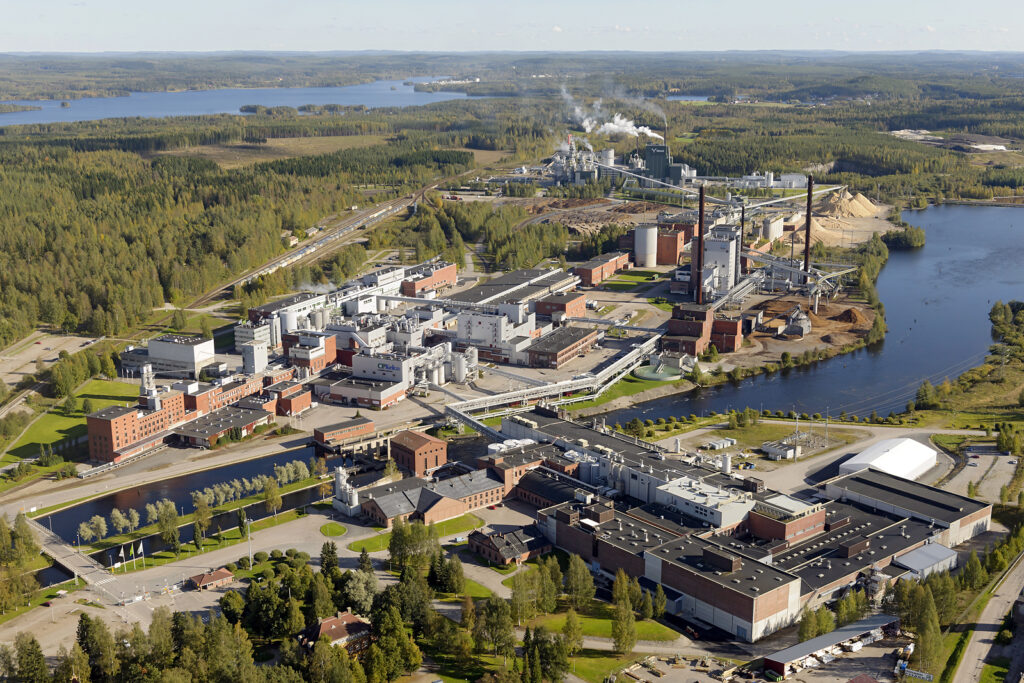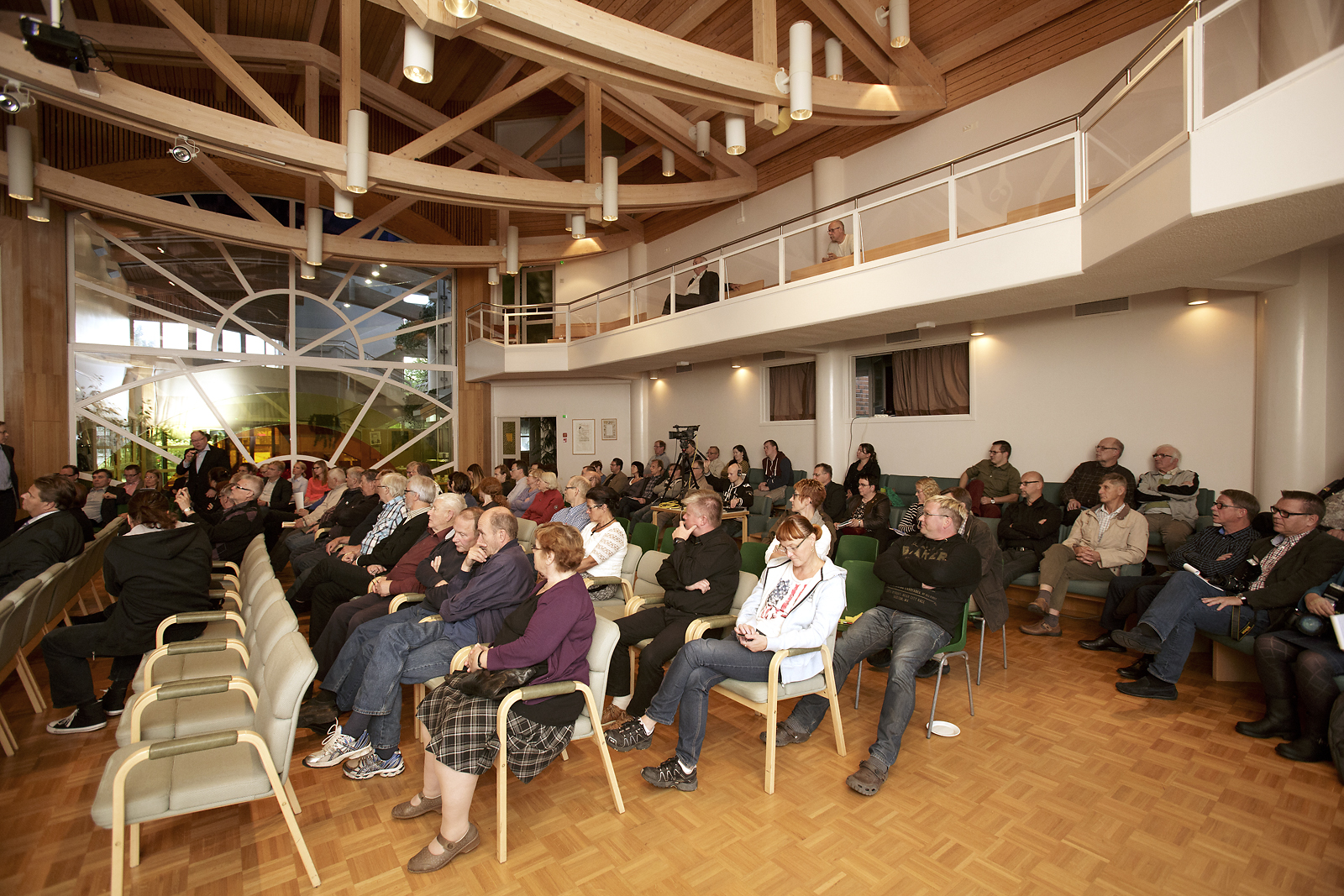All pulp and paper mills to check terms of their environmental permits

The terms of environmental permits are being checked and updated where necessary, following an update of the European Union’s requirements for the best available technologies.
The environmental permit for a paper mill defines what emissions it is allowed to discharge to the environment. The more sensitive the environment, the stricter the permit.
Environmental permits are usually valid until further notice. A revision of the permit will be necessary it there is an essential change in the mill operation or the requirements for the best available technologies in the sector are updated. These requirements are called the BAT conclusions.
BAT means the technologies and ways of operation that can be used to decrease the emission and environmental load caused by a mill. At the same time, it defines the emission requirements all mills have to meet.
The BAT document describes the technologies which allow the emission requirements to be met and even surpassed. They also take into account whether the benefits gained are appropriate with regard to the costs.
Results matter more than technology
”However, the mill itself can choose what technologies to use. The relevant issue is to meet the emission requirements,” explains Mr. Fredrik Blomfelt, Environmental Manager for the Finnish Forest Industries Federation.
Blomfelt says the new BAT requirements are balanced, but there is some tightening. Previously, all emissions from a pulp mill were reviewed as one entity, but now there are requirements for different parts of the pulp making process. Taking local conditions into account is also more difficult than previously.
Environmental matters are well in hand in Finnish pulp and paper mills. Major improvements were already carried out 20 to 30 years ago. For example, waste water treatment technologies adequate even for current standards were mainly implemented in Finnish mills as early as the 1980s and ‘90s.
Still, new investments will be needed, to the tune of approximately EUR 40 million in Finland alone. The actual sum will depend on the terms of the permits granted to the mills.
Äänekoski pilots new requirements, too
For Metsä Group, which is planning a completely new bioproduct mill in Äänekoski, Finland, the BAT update came at an inconvenient time, halfway through the process of applying for an environmental permit. “Sure, we know what to expect and could anticipate the changes,” says Mr. Timo Kanerva, Environmental Director at Metsä Group.

The potential investment in Äänekoski is a sort of pilot run for implementing the new requirements. Certain issues related to soil and ground water will be surveyed for the first time, for example.
According to Kanerva, the toughest criteria concern the particle emissions from a pulp mill. Meeting or surpassing them will require genuine effort; for completely new mills, the criteria are even stricter.
Kanerva says the Finnish forest industry will cope well with the BAT update. Finnish environmental permits often require much more.
Permit process improved by just talking
In connection with the Äänekoski investment, there has been talk about improving the Finnish environmental permit process. In practice this has meant that the authorities and Metsä Group have met more often than is usual during this kind of process, to talk about the permit application, Kanerva says.
The solutions and the reasoning behind them are easier to explain face to face than on paper.
The permit process has also been accelerated as far as possible without endangering its quality.
Normally, the authorities gather together all statements received during the environmental impact assessment and send all of them to the applicant at the same time. “This time we received the statements as they arrived and were able to respond to them more quickly, too,” Kanerva explains.
BAT requirements are updated regularly
The European Union’s directive on industrial emissions lists the activities that require an environmental permit. The BAT documents are drawn at the EIPCC office, working under the EU Commission. The documents are updated every eight years.
The BAT requirements constitute the EU’s minimum criteria for the environmental load caused by industrial activity. Stricter requirements can be set nationally and environmental permits may be required for activity not mentioned in the directive.
In Finland, for example, a sawmill needs an environmental permit, while the EU does not require it.
As new BAT documents are published, the mills inform the authorities whether the new requirements call for changes in the mill and the environmental permit. After this, the authorities decide what action is needed.
BAT must be implemented within four years
The mills must modify their operations to meet the new requirements within four years.
Generally speaking, updating a Finnish environmental permit can take years, which is way too long, says Blomfelt. The new national decree says that it should take only ten months to review the permit after the publication of new BAT requirements.
”This must be complied with, in order to allow enough time for the investments needed,” Blomfelt says.
An environmental permit for a pulp mill costs about EUR 40,000. The fee covers the administrative costs incurred during the process. The process also takes time and costs money at the mill. Exact figures are difficult to estimate, says Blomfelt.
Kirjoita kommentti